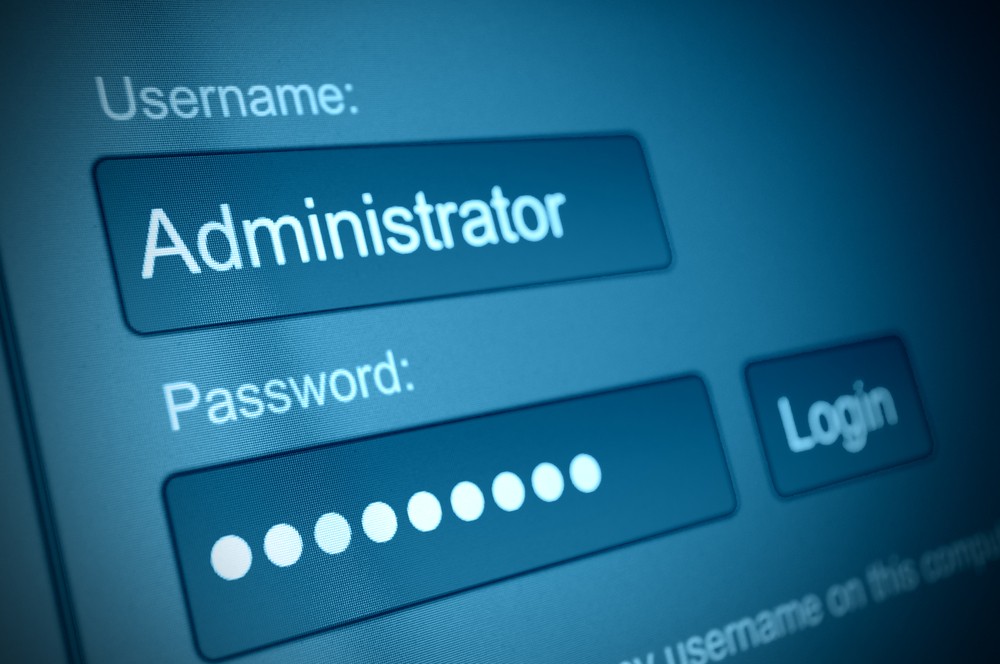
What is Type 1 Authentication?
Knowledge-based authentication. Authentication based on something you know that is non-tangible like a password, passphrase, PIN, or secret code. Knowledge authentication is the most cost-effective and common type of authentication, but also the most susceptible to hacking. Two different types of authentication working together to protect a system is two-factor authentication.
Type-1 Authentication is something you know such as a password, PIN, combination lock, or phrase. It is the most common – and cost-effective – form of authentication to protect unauthorized users from accessing sensitive information. At the same time, it’s also the most vulnerable to cyber and phishing attacks. Type-1 authentication also includes secret questions like ‘which was your first school? Where you were born? which are also an easy target since they are known to a wide group of people.
Most common Type-1 Authentication: Passwords.
A password is the most common mechanism of Type-1 authentication. However, it’s also the easiest to beat as an average person has at least a dozen online accounts, meaning that there are a lot of passwords to remember. Most people tend to choose convenience over security and either set up the same password for multiple accounts or use very simple passwords that are easy to memorize. As a result, hackers often easily guess users’ login credentials by running multiple combinations until they find a match.
But there’s not much to worry about if you choose security over convenience and form strong passwords. A strong password has a mix of lower case, upper case, numbers, and special characters – just like most platforms make it mandatory to use this combination. Not too long ago, companies and security professionals would recommend users set up a password of at least 8 characters long. But thanks to the increased cyberattacks and password crackers, many organizations now advise users to administer passwords that are 15 characters long. Plus, the password shouldn’t include your name, number, or other personal belongings. It shouldn’t be a regular word that you can find in a dictionary – as such authentication is vulnerable to a dictionary attack.
Needless to say, longer passwords are harder to remember and can cause data loss in case you forget a specific password. For this reason, put the password into some meaningful order that’s easy to memorize. For instance, “hard work pays off” can be converted to a strong password as “H2rdw0rkP2y$0ff.” Now, this 15-letter password is a perfect combination of upper case, lower case, numbers, and special characters – and users can memorize it without writing it down.
Simply put, Type-1 authentication is the simplest mechanism to bar third-party users from accessing private information. But it’s also the easiest nut to crack - that can be offset by using a strong password. Using a password manager with 2FA will significantly improve the password authentication experience for end users and IT admins.
Enterprise 2FA and password manager. One key for all your passwords. Experience fully automated login and security. Faster MFA, auto-OTP, password manager, and worry-free workflow with proximity-based privileged access management for Windows 11, 10, 8, 7, VPNs, websites, and desktop applications including MES, EHR, CAD, and more.
or call 240-547-5446

